Art
What is a drawing?
New Zealand artist Kirsty Lillico recently won the annual Parkin Drawing Prize, which netted her $20,000. The question her win has raised is, was her piece, titled "State Block," actually a drawing? It consisted of pieces of carpet draped over string.Lillico said, "Drawing, to me, it's not just about a pencil and paper. I'm using a knife and carpet and hanging it in a space to achieve the same ends."
The prize's patron, Chris Parkin, admits that the piece stretches the definition of a drawing, but he notes it was "still lines, at the end of the day... somebody has taken a knife, and started a line and taken it for a walk."
More info: stuff.co.nz
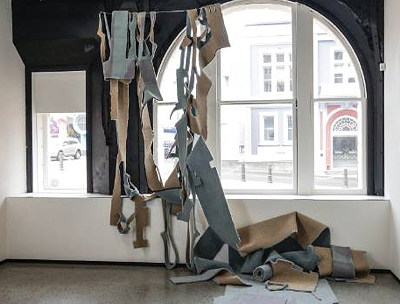
"State Block"
Posted By: Alex - Wed Aug 02, 2017 -
Comments (4)
Category: Art
Mystery Illustration 52
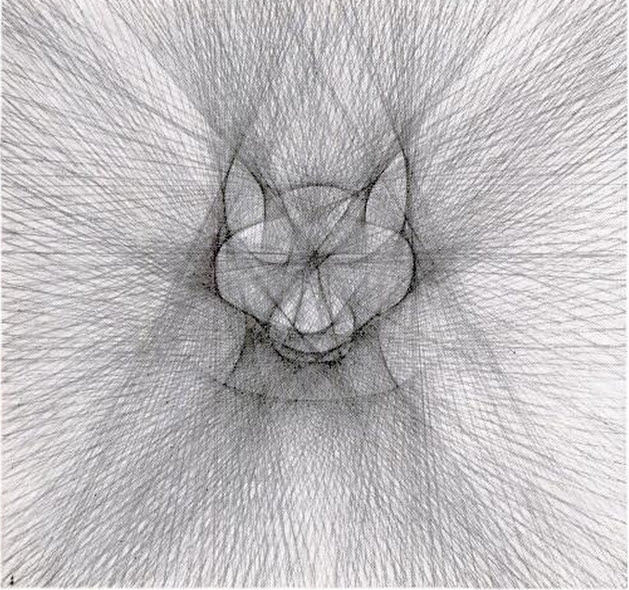
What is the secret technique behind this drawing?
The answer is here.
And after the jump.
More in extended >>
Posted By: Paul - Mon Jul 31, 2017 -
Comments (4)
Category: Art, 1940s
The Films of Suzan Pitt
Wikipedia page.
Posted By: Paul - Sun Jul 30, 2017 -
Comments (6)
Category: Art, Avant Garde, Cartoons, 1970s
Artwork Khrushchev Probably Would Not Have Liked 5
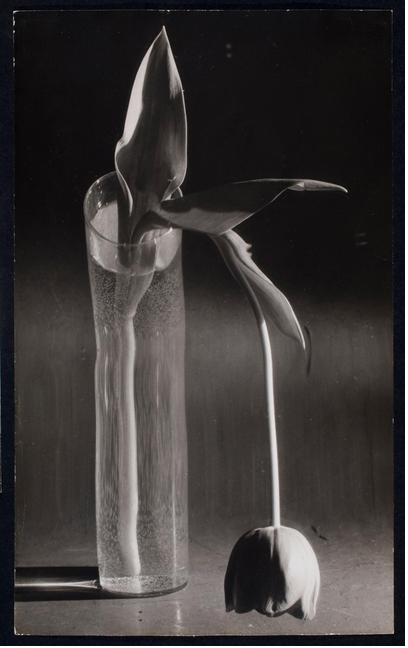
"Lazy, nihilist capitalist tulip cannot stand up straight and proud like honest, hardworking Soviet tulip!"
André Kertész,"Melancholic Tulip," 1939
Posted By: Paul - Sun Jul 16, 2017 -
Comments (0)
Category: Art, Nature, 1930s, Russia
The Takeaway Rembrandt
In 1632 Rembrandt painted a portrait of Jacob de Gheyn III, an engraver living in Utrecht. The portrait is quite small, measuring approximately 12 by 10 inches. As a result, it's relatively easy to steal and has earned the nickname "The Takeaway Rembrandt" because of the number of times it's been swiped.From wikipedia:
Between 14 August 1981 and 3 September 1981 the painting was taken from Dulwich Picture Gallery and retrieved when police arrested four men in a taxi who had the painting with them. A little under two years later a burglar smashed a skylight and descended through it into the art gallery, using a crowbar to remove the painting from the wall. The police arrived within three minutes but were too late to apprehend the thief. The painting was missing for three years, eventually being found on 8 October 1986 in a luggage rack at the train station of a British army garrison in Münster, Germany.
The other two times, the painting was found once underneath a bench in a graveyard in Streatham, and once on the back of a bicycle. Each time the painting has been returned anonymously with more than one person being charged for its disappearance.
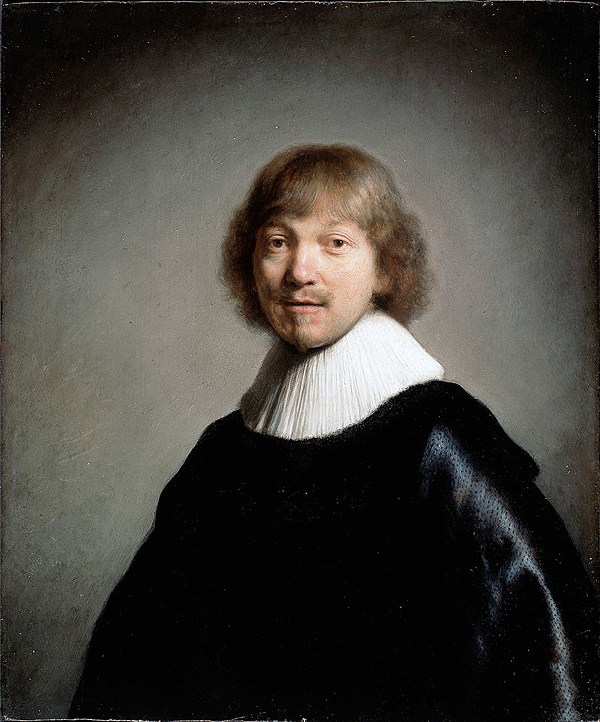
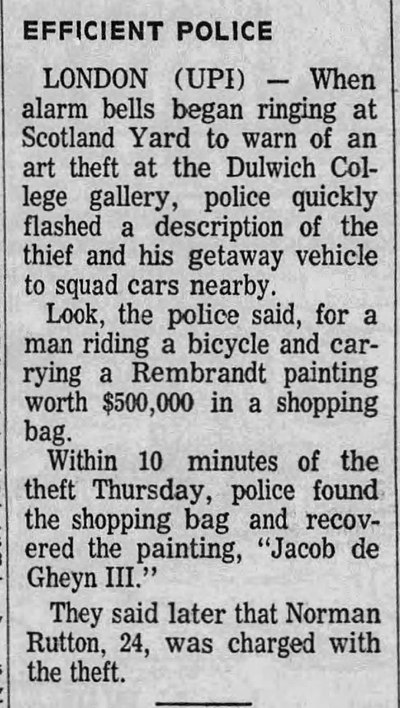
St. Cloud Times - Feb 17, 1973
Posted By: Alex - Thu Jun 22, 2017 -
Comments (4)
Category: Art, Crime, 1970s
Art Pays Off!

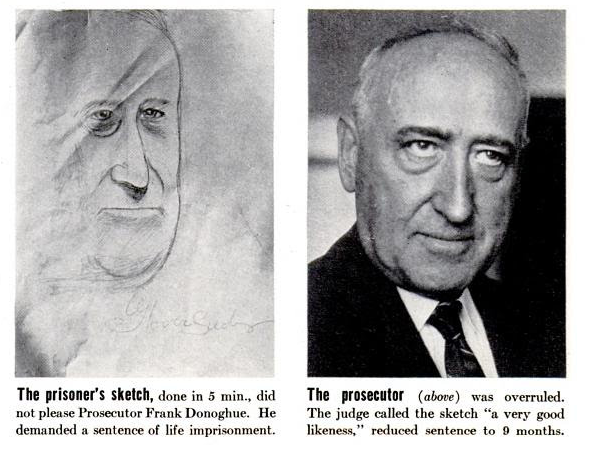
Original story here.
Posted By: Paul - Mon Jun 19, 2017 -
Comments (3)
Category: Art, Crime, 1930s
Artwork Khrushchev Probably Would Not Have Liked 4
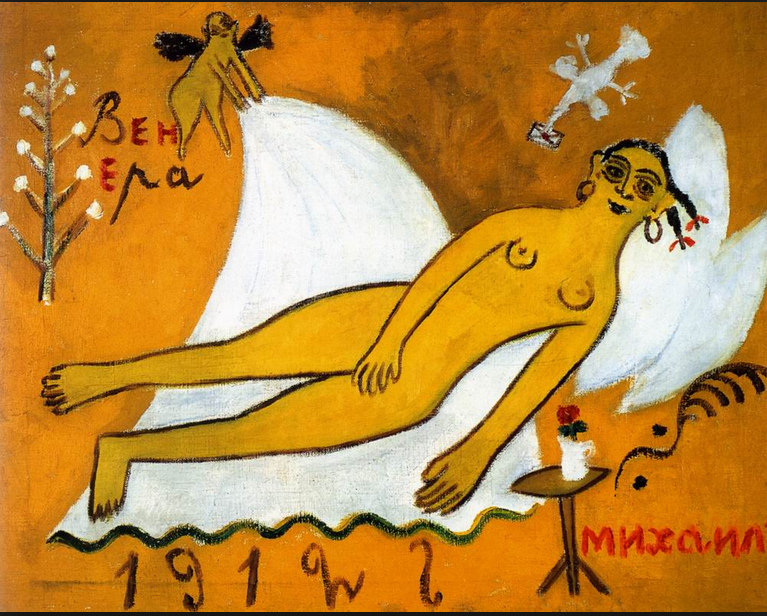
Of course, before the Soviets took a stance against "degenerate" avant-garde art, they had a flourishing avant-garde scene in their own country.
Mikhail Larionov was one such native Russian artist.
Here is his "Venus" from 1912.
This new book on the topic seems very interesting and relevant.
Posted By: Paul - Wed Jun 14, 2017 -
Comments (3)
Category: Art, Avant Garde, 1910s, Russia
The Art of Hayley Newman
Below are some of the captioned images that artist Hayley Newman displayed at her first solo show, "Connotations - Performance Images 1994-98".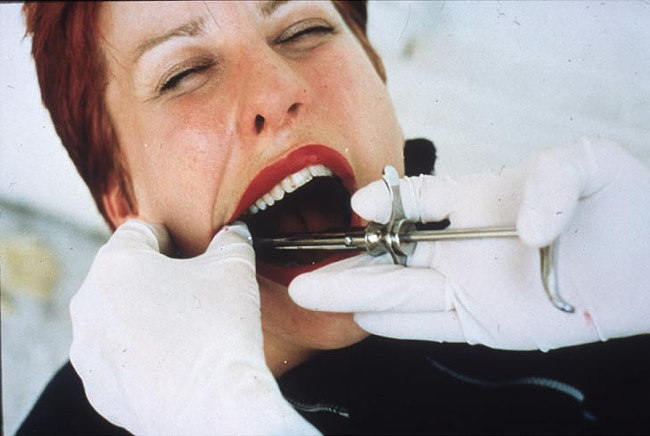
Lock-jaw Lecture Series (1997/1998)
"Over the period of a year I was invited to give a series of lectures on my work. Before each lecture I visited a local dentist and had my mouth anaesthetised. With my mouth made immobile, I gave my feeblest apologies to the students and staff before attempting to talk on my work."
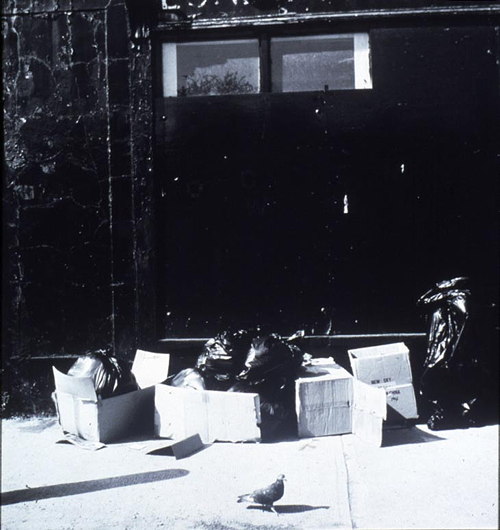
B(in) (1996)
"Sitting in a bin bag waiting for bin men to pick me up in New York. When the bin men arrived at 4pm, I jumped out of the bag and ran home."
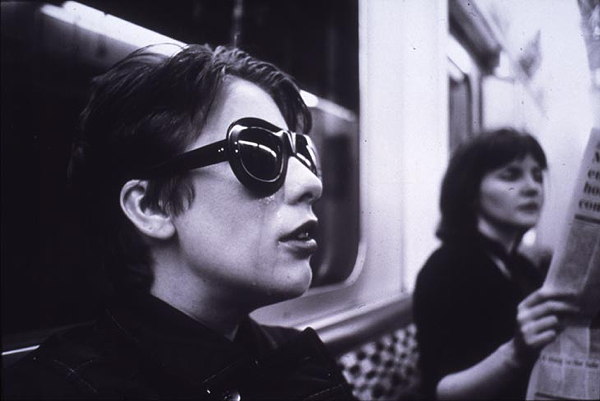
Crying Glasses (An Aid to Melancholia) - (1995)
"Over a year I wore the crying glasses while travelling on public transport in all the cities I visited. The glasses functioned using a pump system which, hidden inside my jacket allowed me to pump water up out of the glasses and produced a trickle of tears down my cheeks. The glasses were conceived as a tool to enable the representation of feelings in public spaces. Over the months of wearing the glasses they became an external mechanism which enabled the manifestation of internal and unidentifiable emotions."
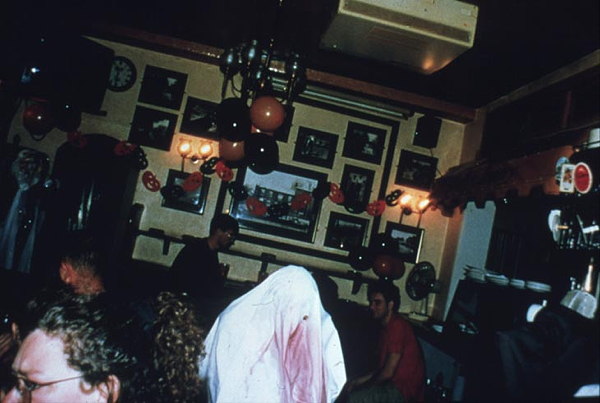
Spirit (1995)
"Soho, London: Dressed as a ghost for Halloween I ran into various pubs in London's Soho, stole a drink and then left."
Here's the punchline, which Newman revealed if you read the fine print in the exhibit guide:
Image sources: Lock-jaw, Crying Glasses, B(in), Spirit
Posted By: Alex - Fri Jun 09, 2017 -
Comments (3)
Category: Art, Photography and Photographers, 1990s
Pineapple Becomes Art
Random object mistaken as art. Over at Robert Gordon University in Scotland, fourth-year student Ruairi Gray claims that he bought a pineapple from the local supermarket and then placed it beside the "Look Again" art and design exhibition at the university.He returned a few days later and discovered that his pineapple had been moved into a glass case. [RGU:Union]


It reminds me of that incident last year in which some teenagers put a pair of glasses on the floor at the San Francisco Museum of Modern Art, and soon a crowd had gathered to look at the "exhibit."

Posted By: Alex - Wed May 03, 2017 -
Comments (3)
Category: Art, Avant Garde
Artwork Khrushchev Probably Would Not Have Liked 3
Continuing our survey of "Early Twentieth-Century Art That Might Have Irked A Soviet Premier, Based On His Explicit Disdain For Such Experimental Creations."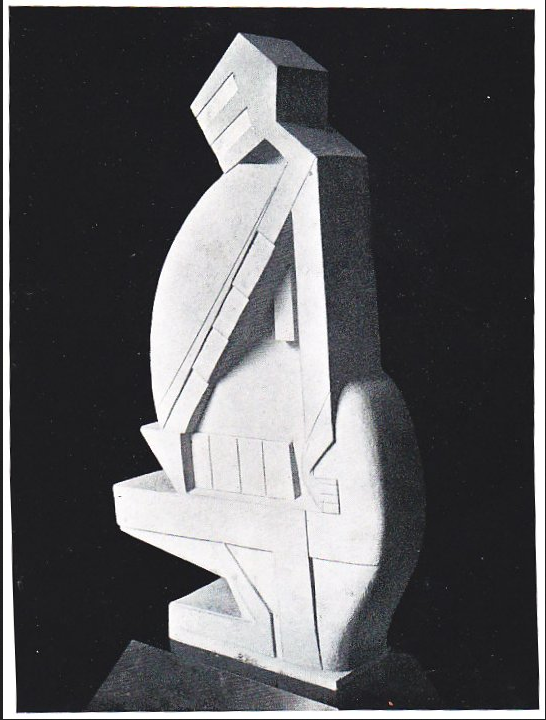
"In the Beginning" by Lawrence Atkinson.
Atkinson's Wikipedia entry.
An essay on Atkinson.
Posted By: Paul - Sat Apr 22, 2017 -
Comments (4)
Category: Art, Avant Garde, 1930s

| Who We Are |
|---|
| Alex Boese Alex is the creator and curator of the Museum of Hoaxes. He's also the author of various weird, non-fiction, science-themed books such as Elephants on Acid and Psychedelic Apes. Paul Di Filippo Paul has been paid to put weird ideas into fictional form for over thirty years, in his career as a noted science fiction writer. He has recently begun blogging on many curious topics with three fellow writers at The Inferior 4+1. Contact Us |




